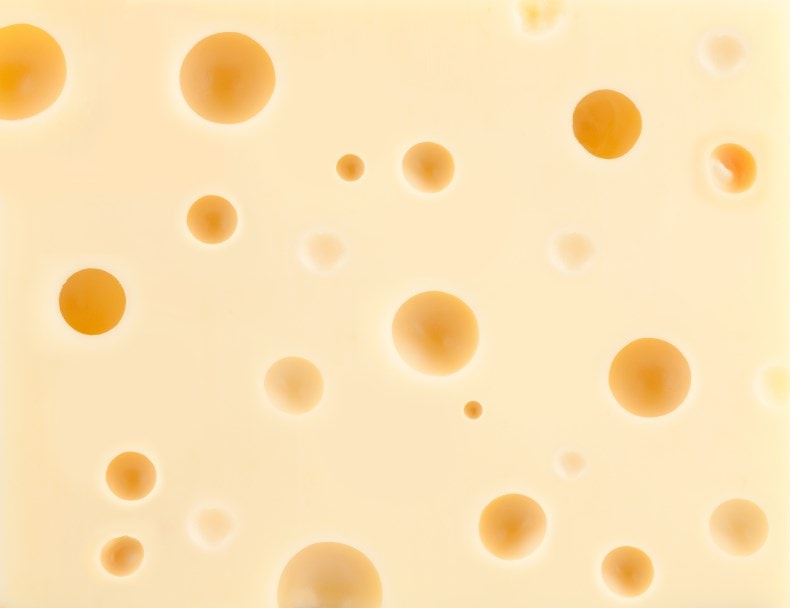You are on the US site
Hello UK customer, you are currently shopping on the US site. To ensure you are charged in the correct currency and receive accurate shipping costs, please switch to the UK website and re-add your product to your basket.
You're away from FREE US delivery Free US delivery (applied at checkout) on orders over $60.00
You have qualified for Free US delivery
About Probiotics
What is L. helveticus?
Lactobacillus helveticus is a species of bacteria closely related to Lactobacillus acidophilus, used to make certain types of cheese.
Lactobacillus helveticus, a bacterial species, is famous for its use in the production of Swiss and Emmental cheeses. Much research of the last decade has also shown its unique qualities.

However, debate has centred around the classification of certain strains and whether they belong to the L. helveticus species or the L. acidophilus species, as the two are so closely related. One such strain is our very own L. acidophilus Rosell-52, or L. helveticus Rosell-52, depending how on the classification method, which can be found in our Every Day, One Week Flat, and Babies & Children.
The Rosell-52 strain
The Rosell-52 strain was first classified as belonging to the L. acidophilus species. This was based upon its morphology and biochemical characterisation, as well as its phenotype - i.e. what the strain does and how it behaves. However, as technology and molecular taxonomic techniques have improved, a number of bacteria strains have been reclassified. The L. acidophilus Rosell-52 strain was one of the bacteria reclassified, as L. helveticus Rosell-52. This reclassification has been based on genotype which looks at its genetic composition, and this is a much more structured method of classification.
L. helveticus in humans
Lactobacillus helveticus can be found in incredibly abundant numbers in some people. Studies have found that L. helveticus can account for up to 10% of some individuals’ entire gut flora. L. helveticus is actually of dairy origin and is yet another example of non-human strains exhibiting great capacity to live and flourish in the human gastrointestinal tract.
How does this affect our product range?
The short answer is that it doesn’t! The only difference is that we have to now differentiate the scientific studies which have been carried out on the strain before and after the re-classification. The eagle-eyed among you might have noticed that studies published before the re-classification use L. acidophilus Rosell-52, but later studies acknowledge L. helveticus Rosell-52. There is simply no difference other than the name for the Rosell-52 strain in our products.
For more information, see Our Live Culture Strains.
Healthcare professionals can also take a look at the Probiotics Database, on Probiotic Professionals, for more information on lactobacillus strains.
Author: Kerry Beeson, BSc (Nut.Med) Nutritional Therapist.